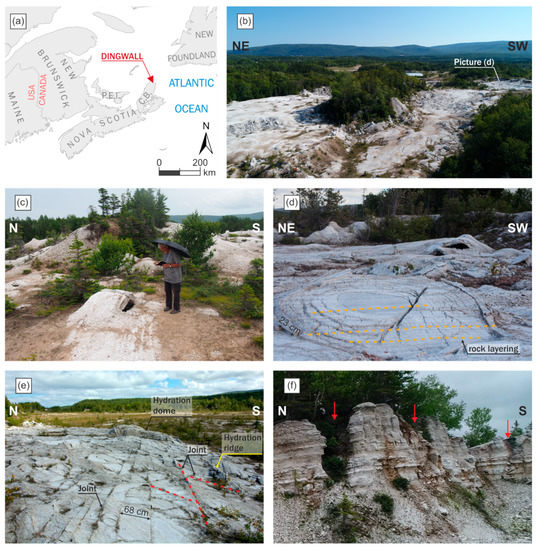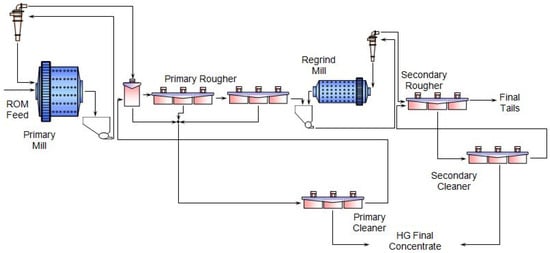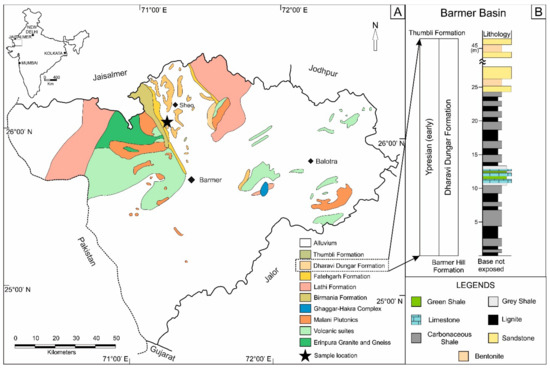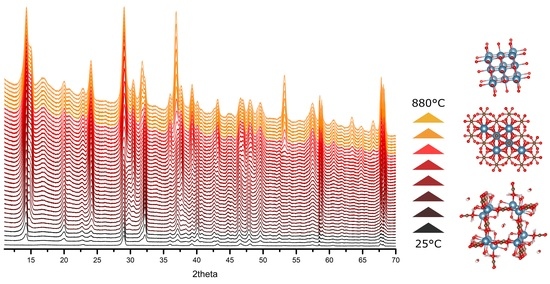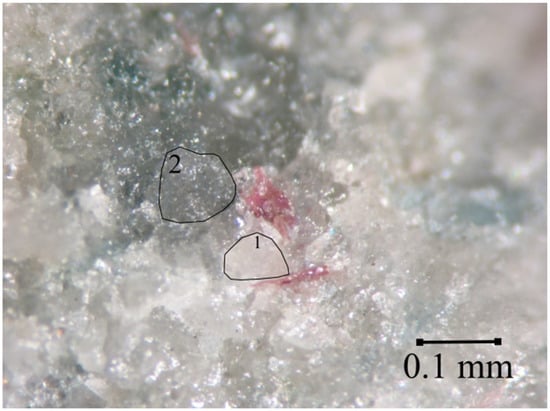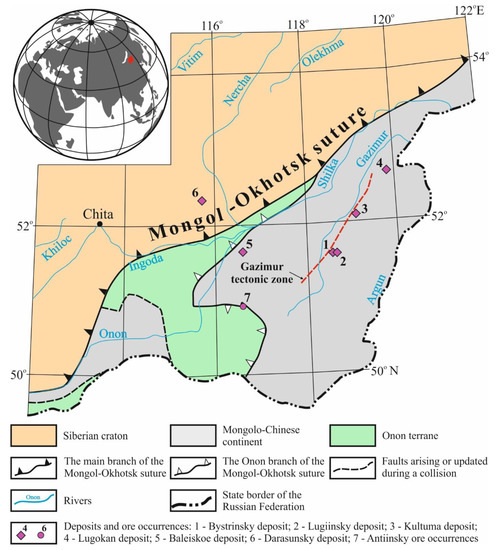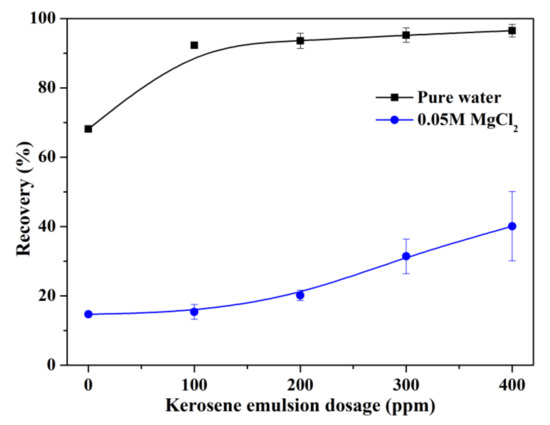Minerals 2022, 12(1), 62; https://doi.org/10.3390/min12010062 - 3 Jan 2022
Cited by 5 | Viewed by 2052
Abstract
The number of parallel joints has an impact on the size effect of the uniaxial compressive strength and characteristic strength of a rock; however, the relationships between them are yet to be derived. We studied the influence of the number of joints and
[...] Read more.
The number of parallel joints has an impact on the size effect of the uniaxial compressive strength and characteristic strength of a rock; however, the relationships between them are yet to be derived. We studied the influence of the number of joints and rock size on the uniaxial compressive strength of the rock. This study established ten numerical simulation programs using numerical simulations and the RFPA software. Stress–strain curves of different numbers of parallel joints and sizes of rocks were analyzed. Relationships between the uniaxial compressive strength and number of parallel joints and rock size were proposed, and their special functions were obtained. Mathematical models between rock characteristic size, rock characteristic strength and the number of parallel joints were established. Simulations of the verification program confirmed that these relationships are still applicable after the angle of parallel joints changes.
Full article
(This article belongs to the Special Issue Petrophysical Characteristics of Naturally Deformed Rocks)
►
Show Figures




